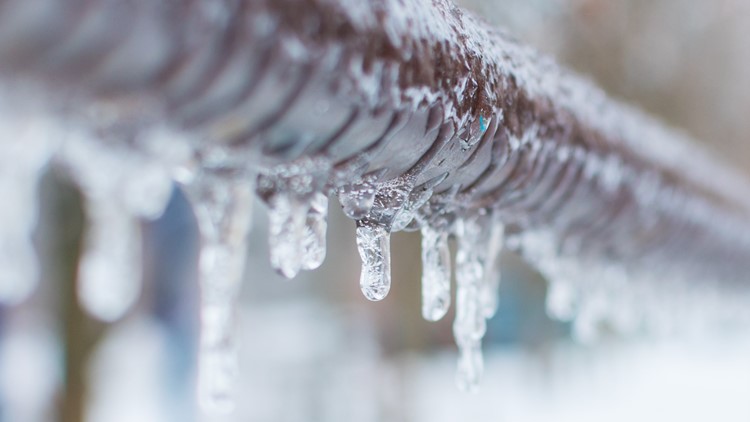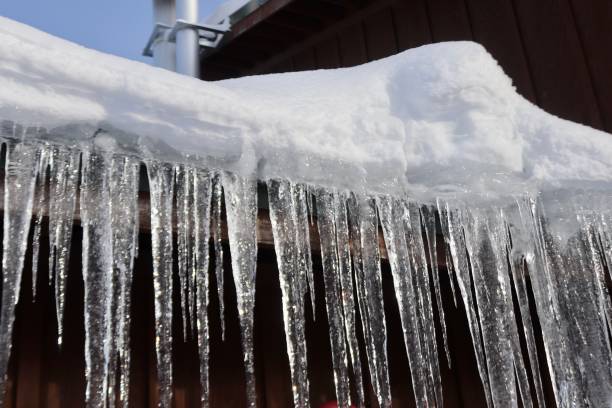This post following next involving How to Prevent Your Pipes From Freezing is absolutely entertaining. Check it out for yourself and figure out what you think of it.

Cold weather can wreak havoc on your plumbing, especially by freezing pipes. Below's just how to avoid it from occurring and what to do if it does.
Introduction
As temperatures decline, the risk of icy pipelines increases, potentially bring about pricey repair work and water damage. Understanding exactly how to avoid frozen pipelines is critical for property owners in chilly climates.
Recognizing Icy Pipes
What creates pipes to ice up?
Pipes ice up when exposed to temperatures listed below 32 ° F (0 ° C) for prolonged periods. As water inside the pipelines ices up, it expands, taxing the pipe wall surfaces and potentially causing them to rupture.
Threats and problems
Icy pipelines can lead to water system disruptions, residential property damages, and costly repair services. Burst pipelines can flood homes and trigger comprehensive architectural damage.
Indicators of Frozen Piping
Identifying icy pipes early can avoid them from breaking.
Just how to determine frozen pipes
Search for lowered water circulation from faucets, unusual smells or noises from pipelines, and noticeable frost on subjected pipelines.
Prevention Tips
Protecting susceptible pipes
Cover pipelines in insulation sleeves or use warm tape to shield them from freezing temperatures. Concentrate on pipelines in unheated or outside locations of the home.
Heating methods
Keep interior spaces properly warmed, specifically locations with plumbing. Open up closet doors to enable warm air to circulate around pipes under sinks.
Securing Exterior Plumbing
Yard hoses and outdoor faucets
Disconnect and drain yard tubes prior to wintertime. Mount frost-proof faucets or cover outdoor faucets with shielded caps.
What to Do If Your Pipelines Freeze
Immediate actions to take
If you think frozen pipes, keep taps open to relieve pressure as the ice melts. Make use of a hairdryer or towels soaked in hot water to thaw pipes gradually.
Long-Term Solutions
Structural modifications
Think about rerouting pipelines far from outside wall surfaces or unheated locations. Include added insulation to attic rooms, cellars, and crawl spaces.
Upgrading insulation
Invest in high-grade insulation for pipelines, attic rooms, and wall surfaces. Appropriate insulation assists maintain constant temperatures and decreases the danger of frozen pipes.
Conclusion
Avoiding icy pipes requires aggressive measures and quick responses. By recognizing the causes, indications, and safety nets, house owners can safeguard their pipes during cold weather.
6 Proven Ways to Prevent Frozen Pipes and Protect Your Home
Disconnect and Drain Garden Hoses
Before winter arrives, start by disconnecting your garden hoses and draining any remaining water. Close the shut-off valves that supply outdoor hose bibs and leave the outdoor faucet open to allow any residual water to drain. For extra protection, consider using faucet covers throughout the colder months. It’s also important to drain water from any sprinkler supply lines following the manufacturer’s directions.
Insulate Exposed Pipes
Insulating your pipes is an effective way to prevent freezing. Pipe insulation is readily available at home improvement stores and is relatively inexpensive. Pay close attention to pipes in unheated areas such as the attic, basement, crawl spaces, or garage. Apply foam insulation generously to create a buffer against the cold. You can also wrap your pipes in heat tape or thermostat-controlled heat cables for added warmth.
Seal Air Leaks
Inspect your home for any cracks or openings that could let in cold air. Seal any holes around the piping in interior or exterior walls, as well as the sill plates where your home rests on its foundation. Additionally, make sure to keep your garage door closed unless you’re entering or exiting. Leaving it open creates a significant air leak that can lead to frozen pipes.
Allow Warm Air Circulation
During cold snaps, it’s essential to allow warm air to circulate evenly throughout your home. Leave interior doors ajar to promote better airflow. Open kitchen and bathroom cabinets to help distribute heat consistently around the rooms. If you have small children or pets, be sure to remove any household chemicals or potentially harmful cleaners from open cabinets for safety.
Let Faucets Drip
A small trickle of water can make a big difference in preventing ice formation inside your pipes. When temperatures drop significantly, start a drip of water from all faucets served by exposed pipes. This continuous flow helps prevent the water from freezing. Additionally, running a few faucets slightly can relieve pressure inside the pipes, reducing the chances of a rupture if the water inside does freeze.
https://choateshvac.com/6-proven-ways-to-prevent-frozen-pipes-and-protect-your-home/

We were shown that write-up about Prevent Frozen Pipes through a good friend on a different domain. If you enjoyed reading our blog entry plz make sure you remember to share it. I enjoy reading our article about Preventing and dealing with frozen pipes.
Call Today